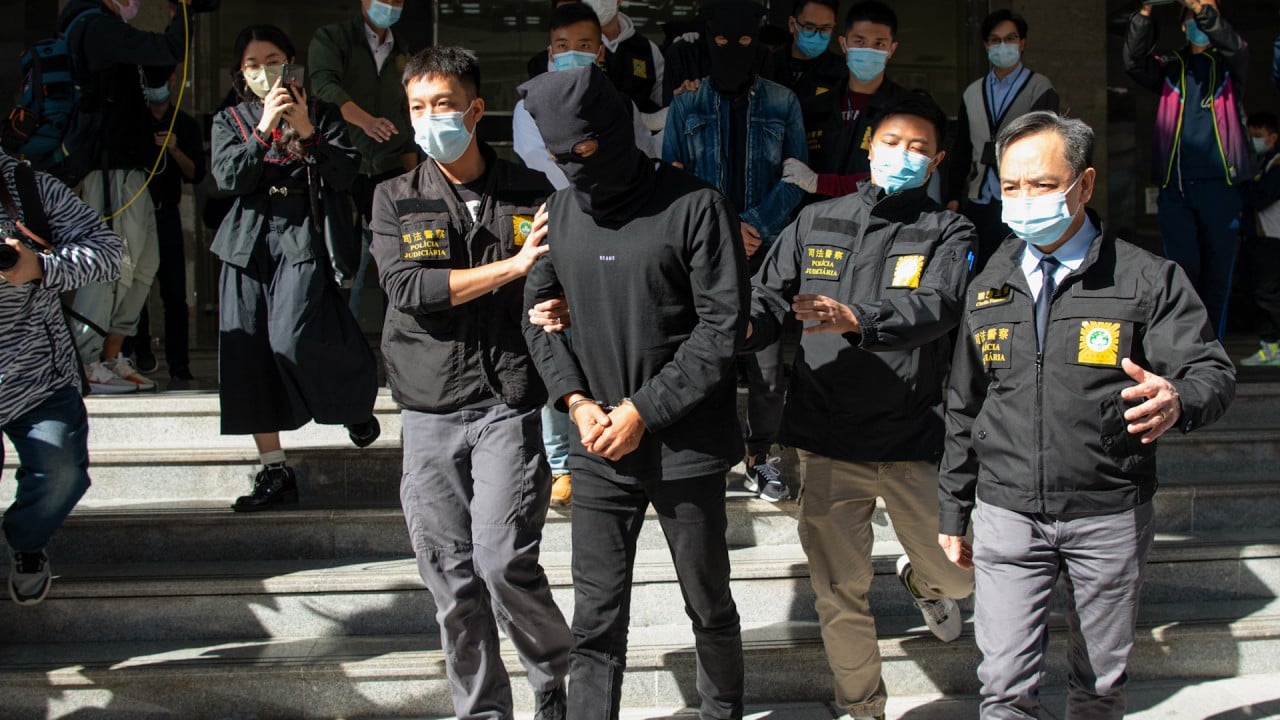
Ahead of China’s key economic meeting, ‘risk of potential instability’ looms large in decision-making
- China’s Politburo highlights the central government’s concerns over weak investment and sluggish demand in the lead-up to its annual central economic work conference
- If slowdown in economic growth is worse than expected in 2022, authorities may expand monetary and fiscal policies and return to infrastructure spending
China’s economic planners are expected to switch their focus from financial discipline to gradual easing while boosting investment and consumption to fend off headwinds to growth, experts said ahead of the annual central economic work conference that may begin this week.
But analysts also warn that it would be premature to expect an abrupt end to property crackdowns and other financial speculations. Instead, a gradual easing would be designed to keep economic growth within a minimum stable range ahead of a major leadership reshuffle in October.
For the first time, a statement following the Politburo meeting used the phrase “stability is the top priority”, said Larry Hu, chief China economist at Macquarie Capital, in a research note on Monday.
“In other words, top leaders are deeply concerned about the risk of potential instability,” he said.
How important is consumption to China’s economy?
It has also called for economic and social stability prior to the key party congress next autumn when Beijing will unveil its twice-a-decade leadership reshuffle.
While Beijing is expected to focus more on supporting economic growth, some analysts say it is too soon to expect an end to tightening measures in the property market.
“Both monetary and fiscal policies will turn from tightening to loosening in the coming quarters,” Hu predicted. “That said, the easing will still be gradual, and it’s too early to loosen the controls on property and local government debt. The current growth down-cycle might only hit the bottom around mid-year, when more easing might come.”
They say China is likely to expand its monetary and fiscal policy in the coming months, and return to its old playbook of infrastructure spending.
“If growth slows more than we currently expect – we forecast GDP will increase by 5.3 per cent in 2022 – then it is more likely that the authorities will ease policy further and provide fiscal support, including for infrastructure spending,” said Martin Petch, vice-president and senior credit officer at Moody’s Investors Service.
China accelerates infrastructure plan amid economic concerns
Nomura analysts, however, do not expect the RRR cut to have a significant impact on the growth slowdown. They say China’s growth is likely to weaken further next spring due to factory closures and tight social-distancing measures imposed for the Winter Olympics, along with intensifying property-sector curbs and a slowdown in export growth.
“We believe Beijing may have to significantly step up its policy-easing measures, including by dialling back some property curbs in the spring of 2022 to prevent a hard landing,” Nomura said in a research note on Tuesday, adding there could be another RRR cut in the first half next year, while the chance of a policy rate cut is small.
Iris Pang, chief economist for Greater China at ING, said China could also increase fixed-asset investment in infrastructure, transport and telecommunications to boost growth.
“This RRR cut is not aimed at small and medium-sized enterprises, so we expect that there will be more low-interest-rate financing schemes for small to medium enterprises (SMEs), which will be part of the fiscal stimulus,” Pang said in a research note on Monday.
“We are waiting for the draft of the economic work report to evaluate how much fiscal stimulus is likely. We expect two large items in the draft – one for SMEs, another for achieving the zero-carbon-emissions target.”
“We expect that the spirit of the [upcoming] central economic work conference will basically continue with this tone, but it may be more specific and carry more details,” CICC Securities said in a research note on Tuesday.
China issues plan for path to peak emissions and carbon neutral goal
Peng Wensheng, chief economist at CICC, wrote in an op-ed published on Tuesday by Caixin that there could be measures to loosen residential mortgage loans to support real estate sales in the coming months, but added that the Politburo statement should not be “over-interpreted” as giving the green light for a relaxation in the property market.
The central economic work conference, which usually takes place for two and half days in mid-December, will cover a wide range of subjects. These include adjustments in the economy and markets, balancing the pandemic control and economic growth, and carbon-emission targets.



